- Established 1982 -HOME: www.hiltonpond.org
THIS WEEK at HILTON POND Subscribe for free to our award-winning nature newsletter (Back to Preceding Week; on to Next Week) |
Be sure to check out Hilton Pond Center's |
|---|
DOGWOODS ARE BUDDING, Despite three chilly nights in the mid-20s this week, Flowering Dogwoods at Hilton Pond Center continue to bud out. We see no signs thus far they were affected by freezing temperatures.
All text, maps, charts & photos © Hilton Pond Center Most members of the Dogwood Family (Cornaceae) do things in opposites and in even numbers. For example, twigs are opposite on the branch and tender green leaves (above) point upward in pairs as they erupt in spring. Tiny yellow dogwood flowers are too small to be seen in the photo above, but white bracts (below) carry on the family's even-numbered scheme with four per inflorescence.
All text, maps, charts & photos © Hilton Pond Center We find it remarkable and maybe unexplainable how two same-age Flowering Dogwood trees pictured above are growing right beside each other but look so different this time of year. One is literally covered with blooms and bracts, while the other bears nothing but leaves--not a blossom to be seen. It's hard to imagine spending a whole year making foliage but no flowers (or berries!) is a sound evolutionary strategy. Maybe it's just a freakish thing this spring. We'll make a note to check next year to see if the same thing happens with these two dogwoods. NOTE: Almost everyone who likes trees, took a botany course, or did a high school leaf collection knows Flowering Dogwood as Cornus florida. Alas, the Cornaceae are a long-time source of disagreement and discussion among plant taxonomists; based on genetic and evolutionary studies the family has been "re-arranged." Among other changes, C. florida is now known as Benthamidia florida. (We send our regrets.)
All text, maps, charts & photos © Hilton Pond Center Incidentally, not far from our Flowering Dogwoods a tall Wild Cherry tree was also coming into bloom this week. In a sun-drenched branch overhanging the road in front of Hilton Pond Center we spied the silken nest of Eastern Tent Caterpillars (above). This larval assemblage started building their communal structure at least a week ago--well ahead of the time we usually see them in early spring. All text, maps, charts & photos © Hilton Pond Center HUMMINGBIRDS ARE COMING!
All text, maps, charts & photos © Hilton Pond Center Although late February 2023 saw record-breaking high temperatures on several consecutive days, Ruby-throated Hummingbirds (RTHU) in Central America don't watch The Weather Channel and have no way of knowing it was unseasonably warm up here in the Carolina Piedmont. Nor did they know this week we had a cold snap with temps in the mid-20s. Thus, RTHU spring migration should be right on time, triggered by a change in photoperiod in the Neotropics rather than weather in the U.S. When days get to the right length, they'll be northward bound. All text, maps, charts & photos © Hilton Pond Center As our usual reminder, we again post our Operation RubyThroat Migration Map (above à la Sheri Williamson), showing average dates for the earliest RTHU arrivals across the eastern U.S. and Canada. A relative few ruby-throats overwinter along the Gulf and South Atlantic Coasts, but the vast majority are migrants that spend colder months from Mexico to western Panama.
All text, maps, charts & photos © Hilton Pond Center Although we recommend maintaining one sugar water feeder year-round in case winter vagrant hummingbirds of different species show up from out west, most folks take their feeders down by Halloween. So when come spring should you break out feeders for the return of Ruby-throated Hummingbirds (spring male above and below)?
All text, maps, charts & photos © Hilton Pond Center Here at Hilton Pond our earliest RTHU date is 28 March in four different years, although the first half of April is a more likely time. Based on our 42 years of observation (and as suggested by our map above), we recommend folks in the Carolinas hang a feeder not later than St. Patrick's Day--17 March--to be sure sugar water is available to quench the thirst of any early arrivals. No need to put out ALL your feeders that soon or fill them more than halfway, but still change out the juice every week until warm weather arrives. In hot weather, as least twice weekly freshening is a must. You can save a bunch of money on sugar and eliminate lots of feeder-cleaning elbow grease if you provide just enough artificial mix for the hummers to drain in 3-4 days.
All text, maps, charts & photos © Hilton Pond Center Regardless of our weather here at Hilton Pond and elsewhere across North America, the ruby-throats are coming--maybe even one of our banded males (above)--so get those feeders ready! All text, maps, charts & photos © Hilton Pond Center WINTER FINCH UPDATE After hosting 50+ Purple Finches on numerous January days at Hilton Pond Center, numbers have plummeted the first half of March 2023:
We banded no Purple Finches after 8 March. On 9 March we recaptured one banded brown second-year bird of unknown sex (below) and observed none at our feeders on days after that. Such early "spring" departure from Hilton Pond would be unusual; in most past winters our final PUFI bandings occurred the last week in March or first half of April. (All-time PUFI late date: 24 Apr 1983.)
All text, maps, charts & photos © Hilton Pond Center The winter of 2022-23 is now our fifth-most productive for Purple Finches in 42 years with 537 bandings. We may still capture a few more as spring approaches, but it seems unlikely we'll reach the next mark of 558 set in 1985-86. If there are still PUFI in the area, a few days of below-freezing temperatures predicted regionally for mid-March could bring them back to feeders (and our traps and mist nets)--although increasingly abundant tree and flower buds might be a nutritious distraction.
All text, maps, charts & photos © Hilton Pond Center Interestingly, House Finches (adult male, above) became more prevalent at Hilton Pond feeders as Purple Finches waned. This winter we’ve banded a below-average 201 HOFI, well under our record high of 976 in 1983-84. The vast majority of these HOFI (84%) were captured prior to the PUFI incursion in early January, so we wonder if the abundance of Purple Finches kept most House Finches away until now. PUFI do seem to be more aggressive than HOFI. In fact, the two species are easily differentiated in-hand because Purple Finches typically nip the bander--sometimes painfully, we might add--while House Finches almost never bite. Among our other two "winter finches," we've banded just ONE Pine Siskin--a far cry from the 1,316 in the winter of 2020-21. American Goldfinches come and go and are well below average, with just 189 banded for the current winter period. (We banded 974 AMGO in 2007-08.) All text, maps, charts & photos © Hilton Pond Center HILTON POND SUNSETS "Never trust a person too lazy to get up for sunrise
All text, maps, charts & photos © Hilton Pond Center Sunset over Hilton Pond, 13 March 2023 What with Daylight Saving Time the Sun wasn't sure
All text, maps, charts & photos © Hilton Pond Center Sunset over Hilton Pond, 15 March 2023 Through the trees for the Ides of March. Don't forget to scroll down for lists of Hilton Pond supporters and of all birds banded and recaptured during the period. Photoshop image post-processing for this page employs |
|---|
|
"This Week at Hilton Pond" is written and photographed by Dr. Bill Hilton Jr., executive director of Hilton Pond Center for Piedmont Natural History
|
|
|
Please refer "This Week at Hilton Pond" to others by clicking on this button: |
|

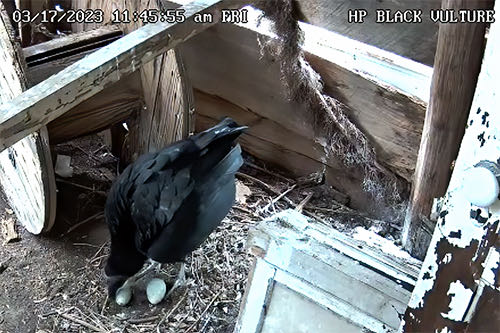
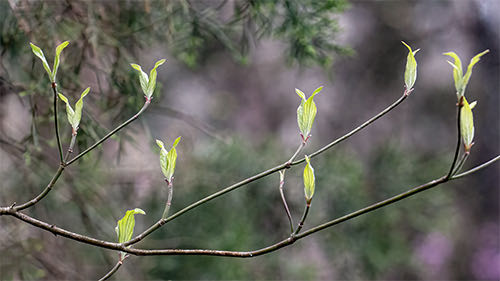
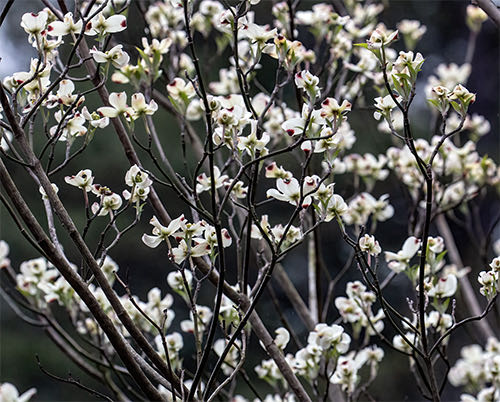
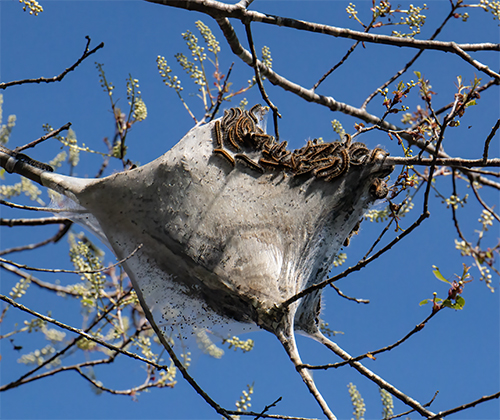

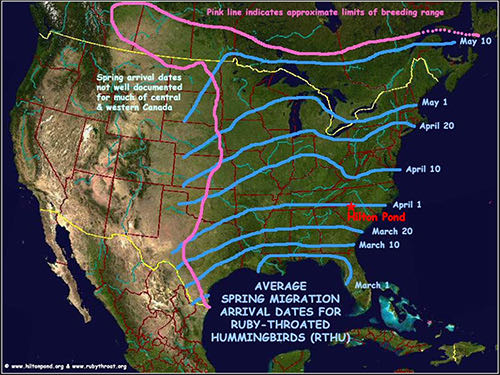
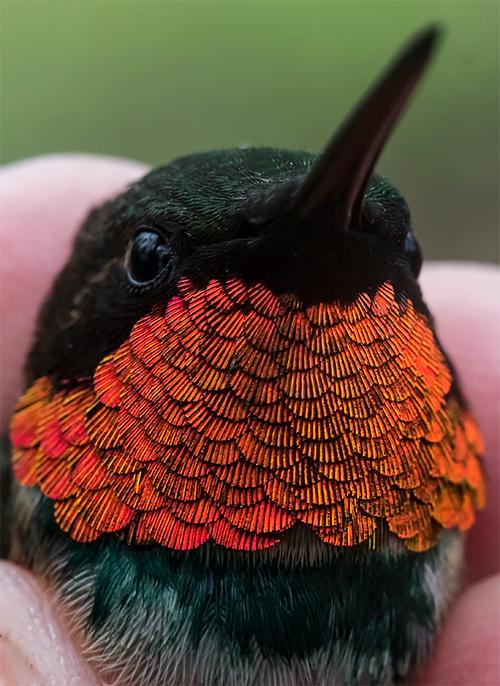
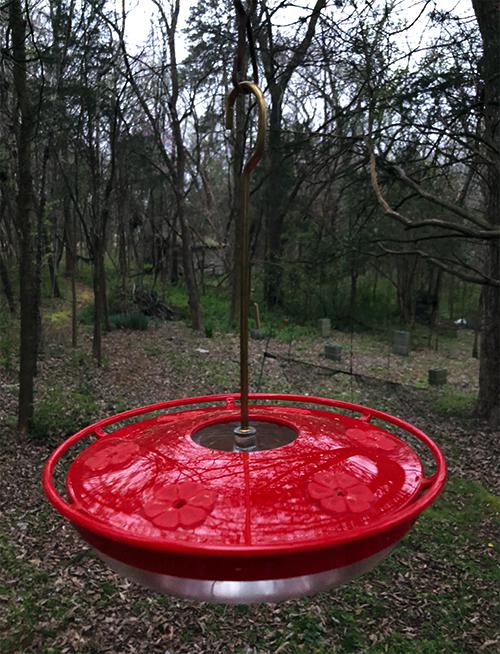
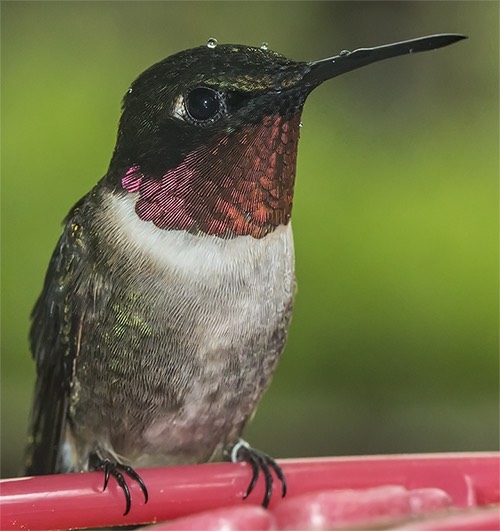

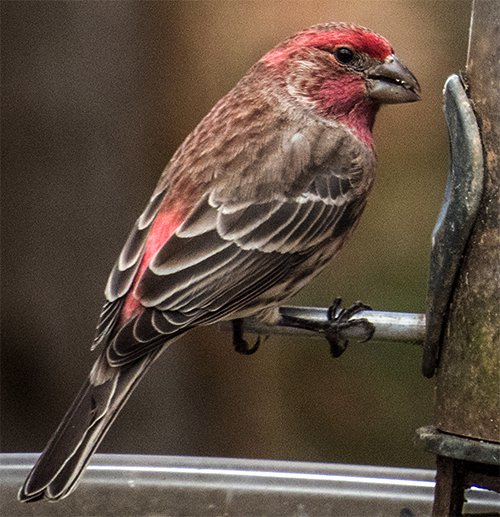
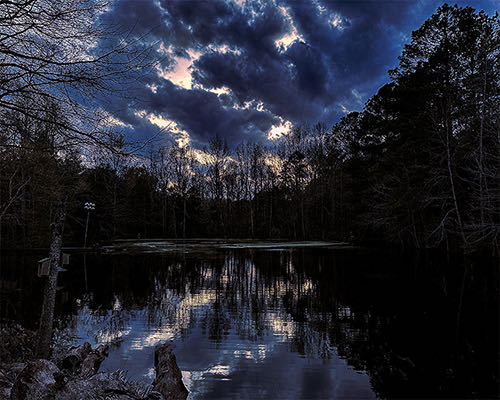
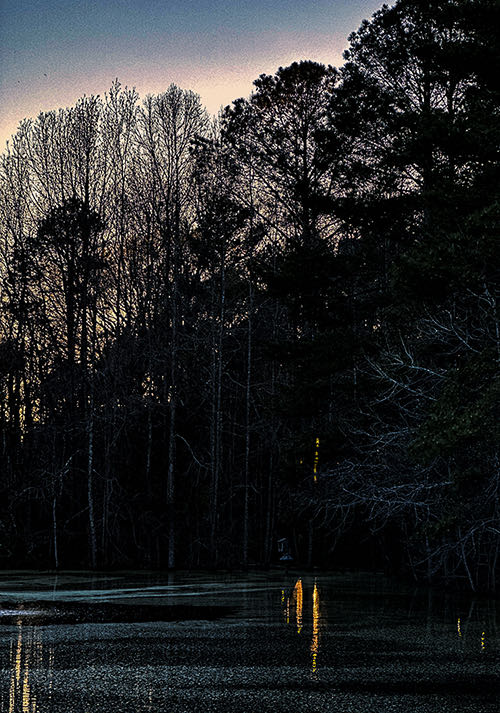









 Oct 15 to Mar 15:
Oct 15 to Mar 15: Please report your spring, summer &
Please report your spring, summer &